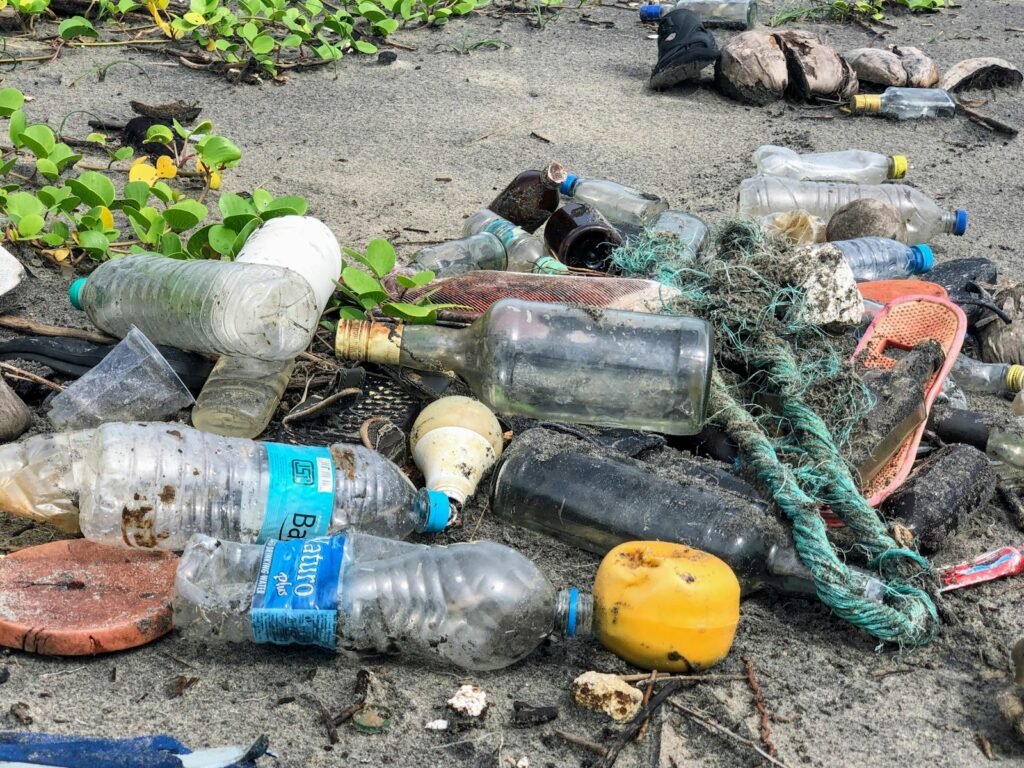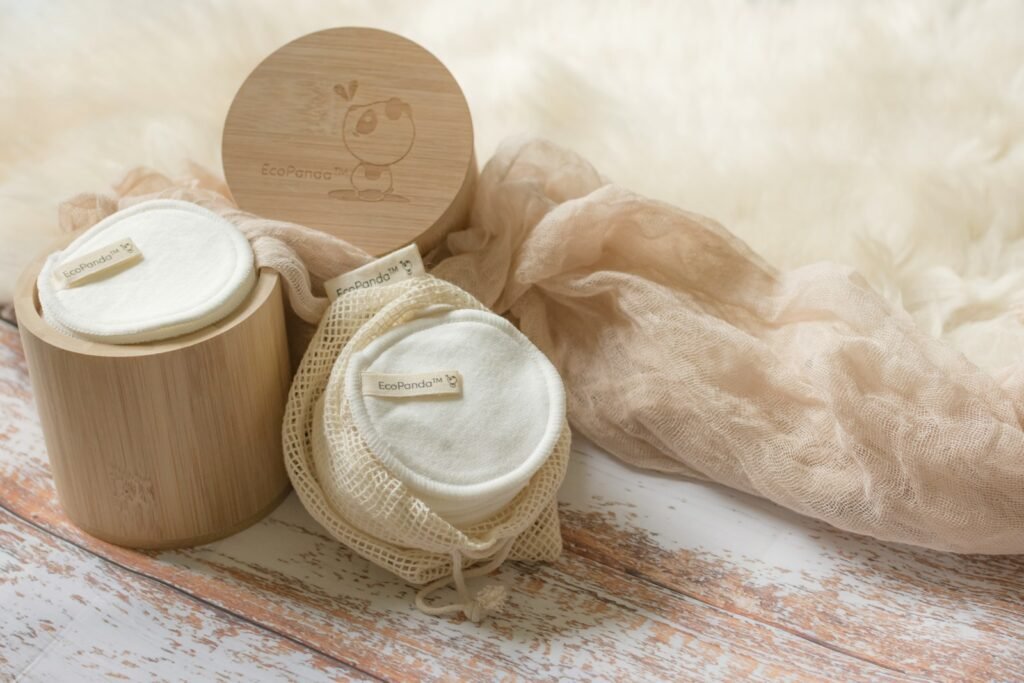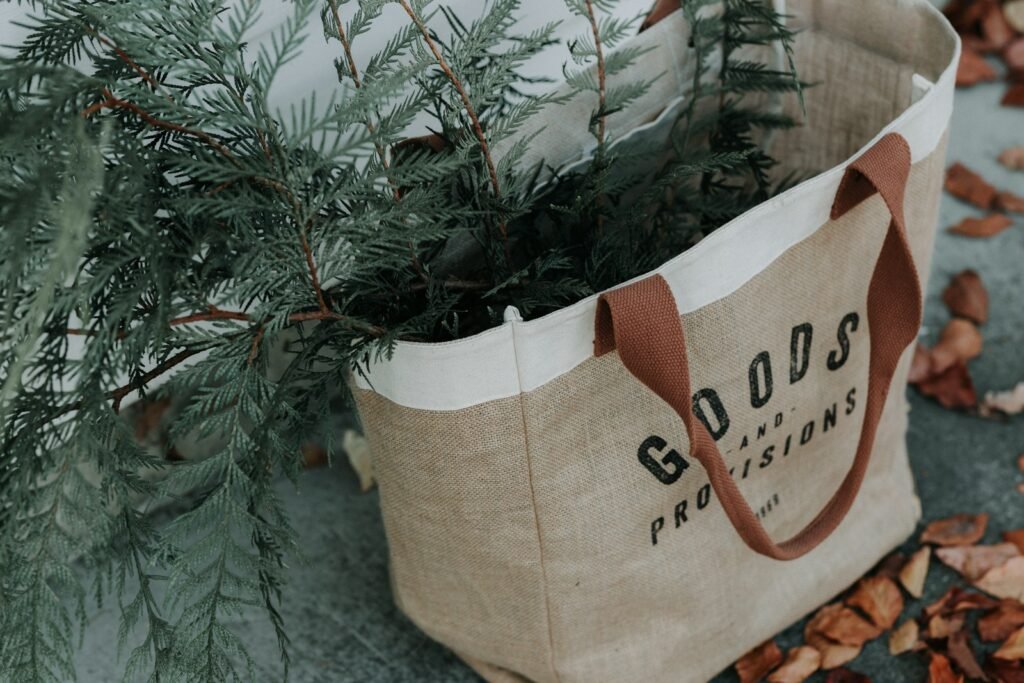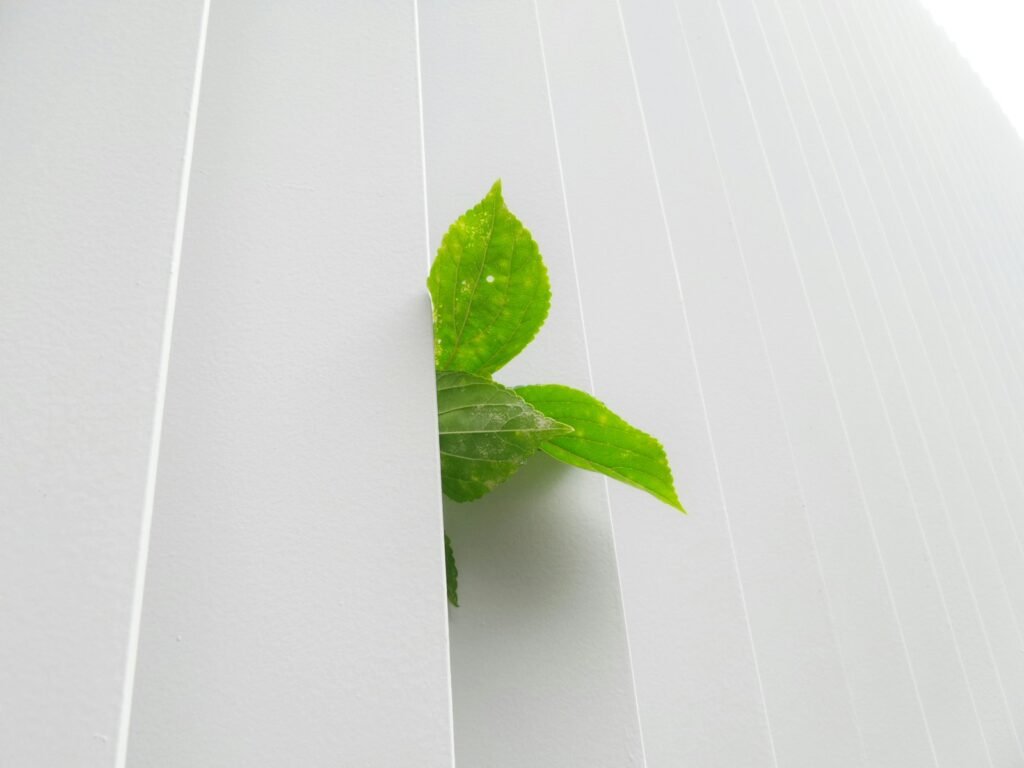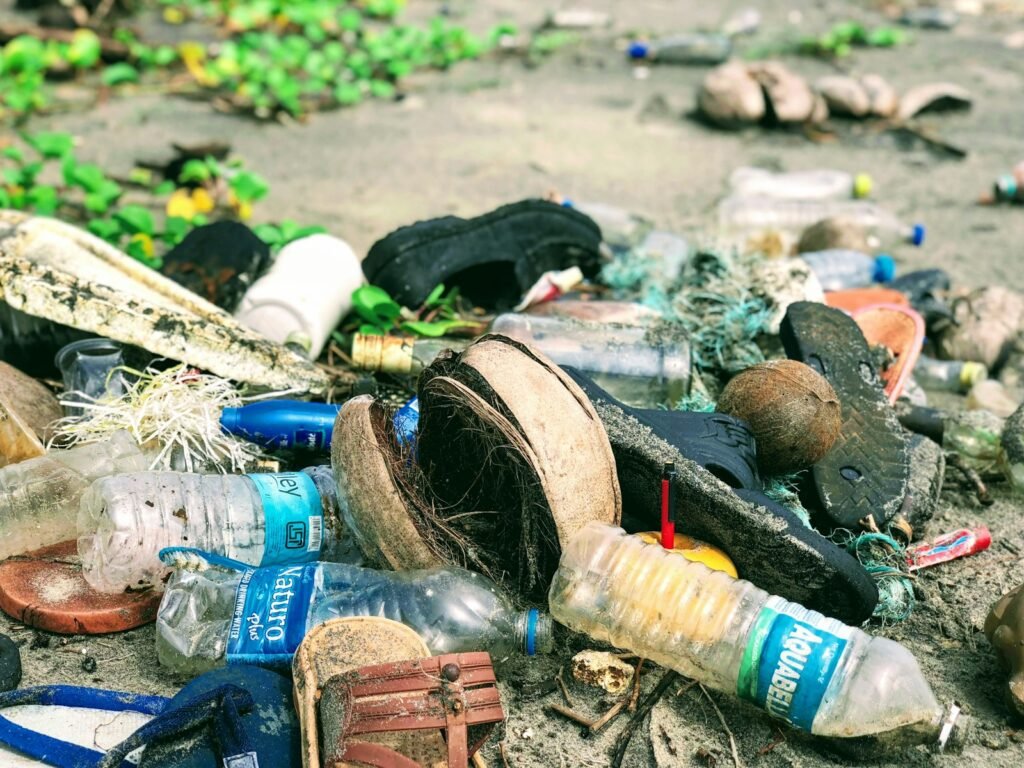Living sustainably doesn’t require a complete lifestyle overhaul overnight. It begins with intention, consistency, and small, deliberate actions that compound over time. This 30-day plan is designed to guide you step by step—no perfection needed, no overwhelming changes required. You’ll build habits, reduce waste, lower your environmental impact, and gain clarity on what truly matters to you.
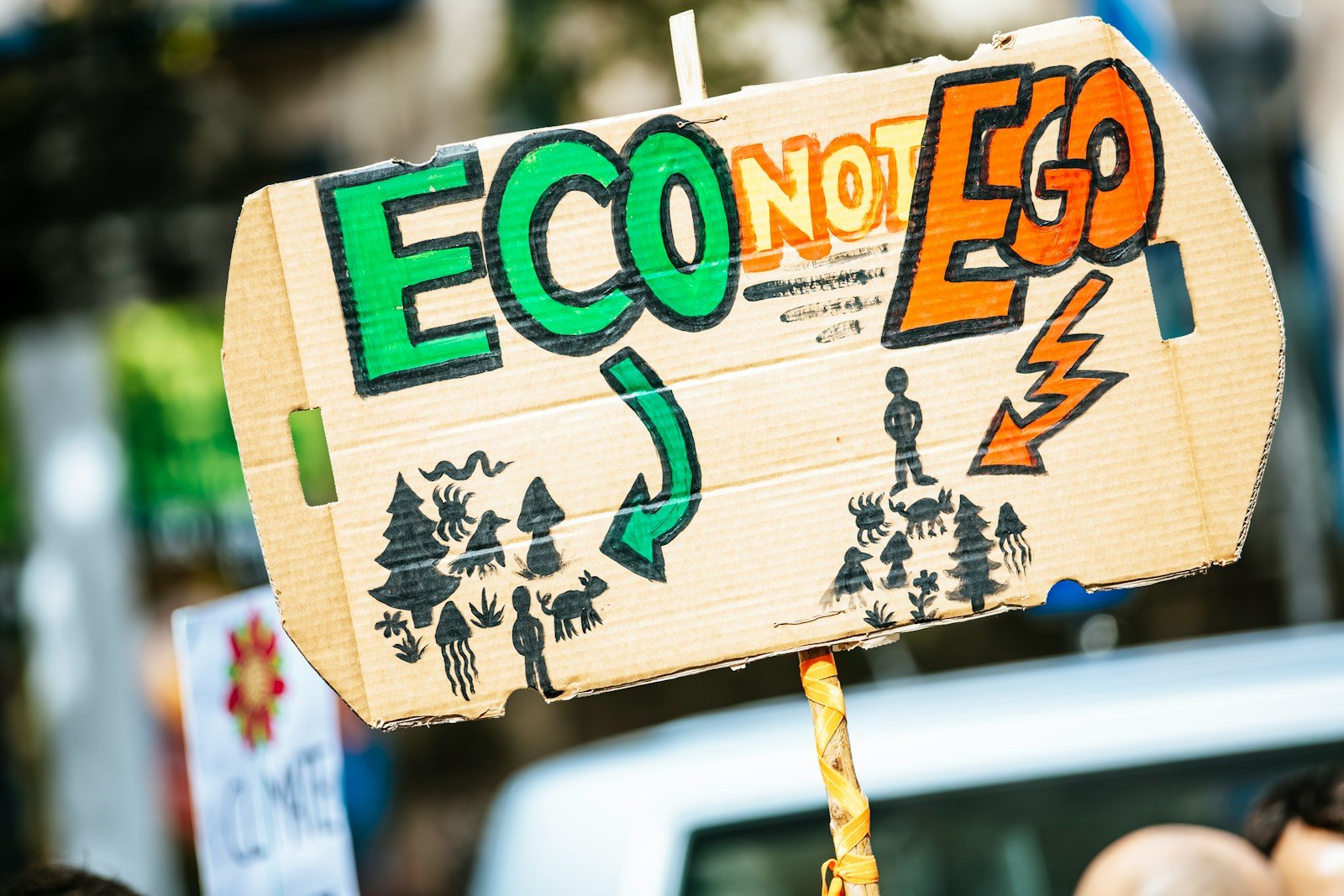
The goal isn’t to become flawless. It’s to create momentum. By the end of the month, you’ll have a clearer picture of your consumption patterns, stronger habits, and a foundation for long-term change.
Let’s get started.
Week 1: Audit Your Habits and Set Your Foundation
The first step toward lasting change is awareness. You can’t improve what you don’t measure. This week is about observing your current routines and identifying where you can make meaningful shifts.
Day 1–2: Conduct a Waste Audit
Take a close look at what you throw away. Open your trash and recycling bins. Sort through your waste for one full day—don’t just glance. Categorize everything: food scraps, packaging, paper, plastic, electronics, textiles, and more.
Ask yourself:
- What gets thrown away most often?
- What could have been reused or composted?
- Are there patterns in the type of waste you generate?
This isn’t about judgment. It’s about data. You’re building a personal baseline.
Day 3–4: Track Your Energy and Water Use
Check your utility bills from the past month. Note average usage for electricity, heating, and water. Then, observe your daily habits:
- How long do you leave lights on?
- Do you shower with the water running?
- Are appliances left plugged in overnight?
Write down one or two habits that stand out as energy or water hogs. These are your first targets for change.
Day 5–6: Review Your Shopping Patterns
Look at your recent grocery receipts, online order history, or shopping lists. Identify:
- What items you buy frequently but rarely use?
- How many are packaged in plastic or non-recyclable materials?
- Are there impulse buys you could eliminate?
This isn’t about shaming yourself. It’s about seeing where your money and effort go—especially in ways that impact the planet.
Day 7: Set Your Personal Sustainability Goals
Based on your observations, choose three specific, measurable goals. They should be realistic and tied to your findings. Examples:
- “Reduce single-use plastic by 70% this month.”
- “Compost all food scraps from meals.”
- “Cut down on meat consumption to two meals per week.”
Write them down. Post them somewhere visible. You’re making a commitment—not to be perfect, but to be consistent.
Week 2: Reduce and Refuse—Stop Waste at the Source
Now that you know where your waste comes from, it’s time to stop it before it starts. This week focuses on refusal—saying no to things you don’t need, and replacing them with reusable alternatives.
Day 8–9: Eliminate Single-Use Plastics
Begin with the most common offenders: plastic bags, bottles, straws, cutlery, and food wrap. Replace them with durable, reusable versions.
Start with one item. For example:
- Carry a reusable water bottle.
- Keep a foldable shopping bag in your bag or car.
- Use a metal or bamboo straw.
Don’t worry about doing it all at once. Focus on one swap that fits your daily routine.
Day 10–11: Shop with Purpose and Intent
Before your next shopping trip, plan your list. Stick to it. Avoid impulse buys. When shopping, prioritize products with minimal packaging or packaging that can be reused or recycled.
If you shop at a store with bulk bins, bring your own containers. Even if you’re not buying in bulk, this practice trains you to think critically about packaging.
Day 12–13: Refuse the Unnecessary
Learn to say no—without guilt. This includes:
- Free promotional items (like plastic pens, branded tote bags).
- Plastic cutlery at takeout restaurants.
- Disposable napkins or paper towels.
Carry your own supplies. If a store gives you a bag you don’t need, politely decline. If a restaurant gives you plastic utensils, refuse them.
Refusal isn’t about being difficult. It’s about aligning your choices with your values.
Day 14: Practice a “No New Stuff” Day
Choose one day where you only use things you already own. No new purchases. No deliveries. No deliveries. No online orders. No shopping.
Use what’s in your kitchen, your closet, your home. Even if you don’t have the perfect tool for the job, find a way to work with what you have.
This day teaches you how much you actually rely on new things—and how capable you are of living with less.
Week 3: Reuse and Recycle with Intention
Waste isn’t just about what you throw away. It’s about how you use what you already have. This week is about maximizing the life of your belongings.
Day 15–16: Start a Home Compost System
Even if you live in an apartment, you can compost. Use a countertop compost bin with a charcoal filter to control odor. Collect food scraps—fruit peels, coffee grounds, vegetable trimmings, eggshells.
When the bin is full, transfer it to a community compost drop-off, or start a small indoor compost system using a worm bin or bokashi kit.
Composting keeps organic waste out of landfills and turns it into nutrient-rich soil.
Day 17–18: Repair and Repurpose
Instead of throwing something away, ask: Can it be fixed? Can it be used for something else?
- Turn old t-shirts into cleaning rags.
- Use broken mugs as planters.
- Fix a loose shoe or torn zipper with a simple patch or needle.
You don’t need to be a professional craftsman. Just use a little patience and creativity.
Repurposing isn’t just sustainable—it’s empowering. It reminds you that value isn’t lost when something wears out.
Day 19–20: Upgrade Your Kitchen Essentials
Your kitchen is where most waste accumulates. Swap disposable items for durable, reusable ones:
- Replace plastic wrap with beeswax wraps or silicone lids.
- Use a metal or bamboo utensil set instead of plastic.
- Switch to a reusable coffee filter or French press.
- Use glass or stainless steel containers instead of plastic.
These changes are low-effort but high-impact. They reduce waste and improve your daily experience.
Day 21: Host a Swap Event
Invite friends, neighbors, or coworkers to a swap. Bring items you no longer use—clothes, books, kitchenware, decor. Exchange them for something you might need.
Swapping isn’t just about saving money. It’s about extending the life of products, reducing demand for new ones, and building community.
You don’t need a formal event. A simple coffee meetup with a swap basket works.
Week 4: Reevaluate, Reinforce, and Build Momentum
By now, you’ve made dozens of small changes. This week is about reflection, consolidation, and planning for the future.
Day 22–23: Review Your Progress
Go back to your waste audit. Compare it to your first week. What’s different?
- Have you reduced your trash output?
- Are you using fewer single-use items?
- Are you eating more plant-based meals?
Honesty matters. Note what worked, what didn’t, and why.
Use your journal or notes to track patterns. Did you skip a day? Was it hard to refuse a plastic bag? That’s okay. The point is awareness, not consistency at all costs.
Day 24–25: Adopt Sustainable Eating Habits
Food is one of the largest contributors to your environmental footprint. Focus on reducing waste and choosing lower-impact options.
Try one meatless meal per day. Use leftovers creatively. Plan meals ahead so you only buy what you’ll use.
This isn’t about becoming vegan overnight. It’s about shifting your relationship with food—toward less waste, more intention.
Day 26–27: Reduce Your Carbon Footprint
Look at your transportation and energy use. Can you walk, bike, or take public transit for one trip this week?
Can you unplug devices when not in use?
Can you adjust your thermostat by one degree?
Even small changes in daily behavior—like turning off lights when leaving a room or air-drying clothes—add up over time.
Day 28–29: Share Your Journey
Talk about what you’ve learned. Post a photo of your reusable bag, your compost bin, or your new zero-waste kitchen setup. Share one tip with a friend or on social media.
You don’t need a large audience. Just one conversation can inspire someone else.
Sharing also reinforces your own commitment. Teaching something helps you learn it better.
Day 30: Celebrate and Reflect
You’ve done it. You’ve completed a full month of intentional living.
Take time to reflect:
- What surprised you most?
- Which change was hardest?
- Which one felt most rewarding?
Write down one thing you’ll keep doing after this challenge. One habit that became part of your routine. One small action that made a real difference.
Then, look ahead. What’s your next step? Maybe it’s planting a garden. Maybe it’s reducing meat consumption further. Maybe it’s joining a local environmental group.
Whatever it is, you’ve already proven you can change.
You don’t need to be perfect. You don’t need to start from scratch. You just need to start.
One month is enough to prove that sustainable living isn’t a burden—it’s a practice. A daily choice to care. To plan. To act.
And that’s how real change begins.
